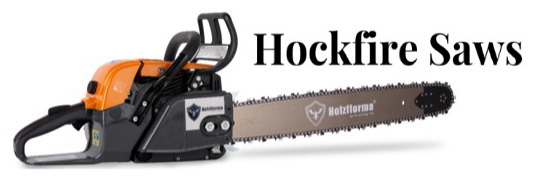I used to black anodize my cylinder and the shocks on my bikes. A black surface will radiate more heat than a white surface. In one of my physics classes in college the professor took a white ceramic crucible bowl, painted a black 'X' on the side, then stuck the flame of a Bunsen burner into the bowl. He had a student turn off the lights in the classroom. Within about a minute the 'X' began to glow red, then orange, then finally white - the black 'X' was radiating more heat than the rest of the bowl. It was one of those experiments that you had to see to believe it.
I've also tried ceramic coated pistons and black anodized pistons - the biggest factor I found in keeping an air-cooled engine cooler was MORE AIR ACROSS THE FINS. If the amount of air is limited, then I rework the fins to get the air into the fins. Little things, like rounding the leading edge of the fin so the turbulence of hitting a flat leading edge doesn't disrupt the flow.
I used to write tech articles for a bike magazine in Oz. One of the articles dealt with fin technology. You won't find much discussion about such an issue nowadays - all that science was worked out in the 1930s. The pictures I used in the article came out of those documents and made the article look like a historical piece rather than tech article for modern bikes.






